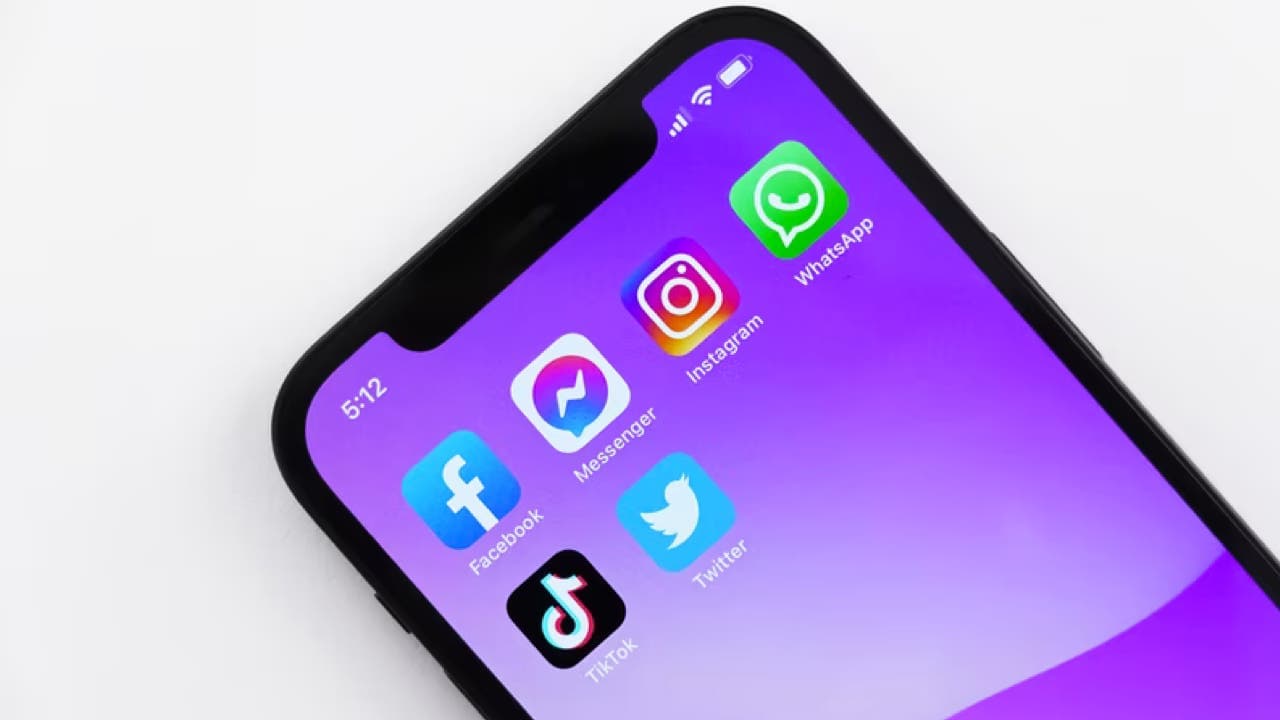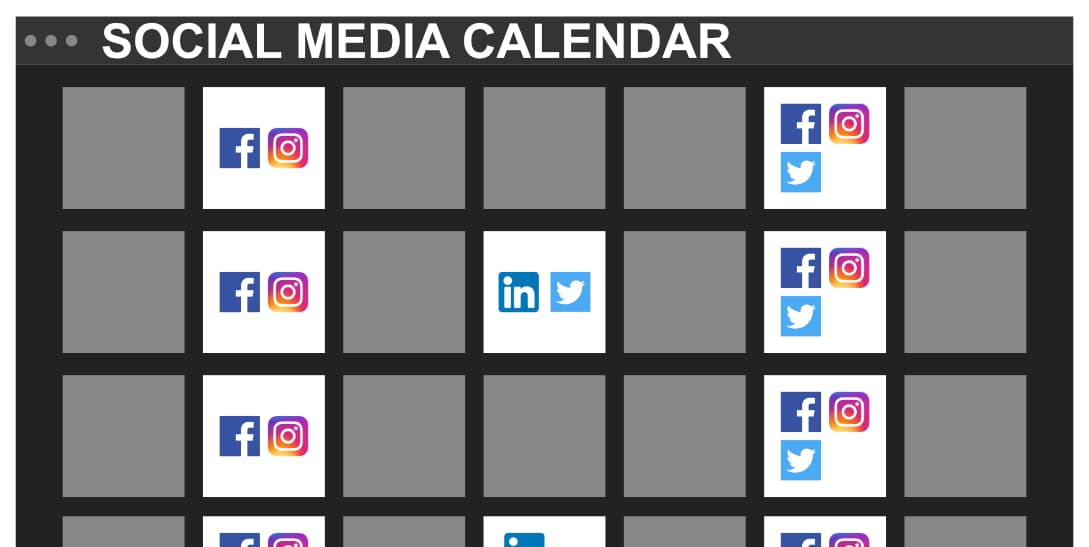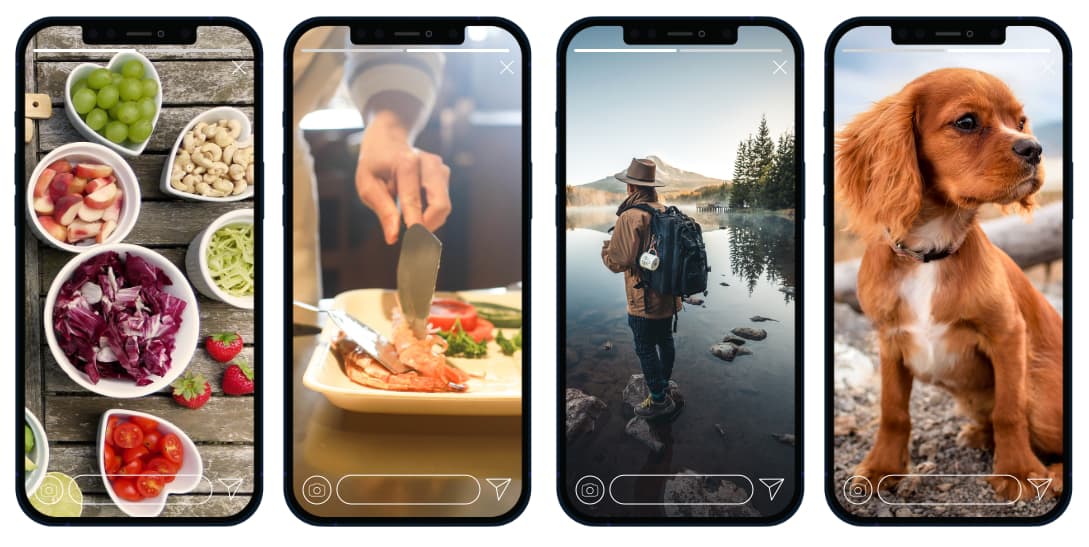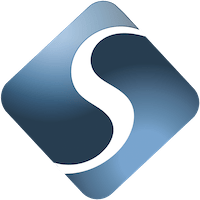Oct 6, 2021 2:58 PM7 Minute Read

Let's reiterate what you already know: running a small business takes a lot, and while social media may seem easy-breezy at first, the effort can quickly become overwhelming and burdensome. But the reality is,
Leveraging social media (and the right social platforms) offers numerous opportunities to engage clients and reach potential customers. According to data compiled by Statista,
A wonderful thing about small business social media is that it provides (nearly) unlimited room for creativity, risk taking and vetting new ideas with your audience (did someone say 'free' focus group?!). Even if your brand or business doesn't have a huge following, interacting with your close-knit group of followers will increase brand loyalty, help you test out new product offerings (or concepts in development) and gauge interest in products, deals, events, whatever — the digital sky's the limit. Your current audience is likely comprised of close contacts, clients and people you've never met. As time goes on, you'll get to know your audience better, so play to their interests, leverage their expertise and leave them excited for your next posts and offers!
At this point you're probably saying — yeah, that's great, I'm jazzed, but who's got the time?!
If you're in need of a little more structure, we've compiled a few of the tips, strategies and best practices that we use for our own social media platforms.
First, planning your social media schedule is key. Start by considering the core elements of your business products / services:
- What do you offer?
- What do you stand for (think mission & vision)?
- How do you want to promote your business / yourself?
Next, find your voice. Will you use a casual tone with your audience (think the occasional emoji and "excited tone!") or a more polished style (just the facts, ma'am)? Perhaps you'll use a balance of both: casual for holidays and exciting promos and polished for technical / industry content.
Once these decisions are made, it's time to plan what you'll talk about and when...enter your social media calendar! Rotate through your core business elements, create engaging visuals to partner with your text, and plan ahead whenever possible (especially for holidays, special events and high-sale seasons).

Want even more help?
Sites* like Hootsuite, Sprout Social and Buffer offer free social media management tools that allow you to create, schedule and analyze posts across multiple social media platforms from a single management page, making posting and sticking to your posting-plan simpler.
Congrats! You now have the foundation for a high-level content plan! Now comes the next hurdle: getting seen.
While the cold-hard-truth is tough to hear, we need to know what we're working with. Platform algorithms and fierce competition among posts vying for your audience's attention make it difficult for you to reach everyone you want to.
For example, Hootsuite reports that, "as of the end of 2020, organic reach is...on the decline. The average reach for an organic Facebook post is down to 5.2% [of your followers]." That's right.
While mixing in some paid content is good practice, let's review a few (FREE) ways to poise your posts for success (main takeaways: post effectively and regularly).
First, look at the insights for your social media page(s). Timing is everything and helps your posts be seen by as many followers as possible. For each social platform, check what time of the day and days of the week your followers are likely to be active.
Next, stick to posting on the same days of the week — every week. If you can't post daily but your followers are most active on Wednesdays and Fridays, use that to your advantage.
Lastly (but certainly not leastly), the quality of posts is more critical than quantity. Quality content is more engaging, provides more favorable brand recognition and leads to more share-potential. In addition to high quality text, incorporating a balance of picture and video on social is a great practice for appealing widely to individuals tastes, increasing engagement and reach. Social media is "all about the scroll," so don't be afraid to get creative when capturing photos for social media content. Often the most absurd angles are the best at capturing our attention - so use them to your advantage!
Bonus Tips for Taking Pictures and Videos
- Let the sunshine in. Natural light is great for capturing captivating images.
- Get close to the object you're shooting or crop the image instead of using manual zoom.
- In general, keep videos short and to the point, using the first few seconds to grab attention. However, if you're showing your process (like decorating a cake or showing a manufacturing line), don't shy away from slightly longer video as it may captivate your audience and increase engagement ratings.
- Plan videos in advance and work on getting clips that help tell a story (or that can be viewed in a series!).
- If you're not into creating your own pictures, consider sites* that provide royalty free content like Unsplash, Pexels or Pixabay.
Now, let's talk more about engagement
Of course, the goal of posting is to interact with existing and prospective followers, so how can you increase engagement?
A great way to get followers interacting with your Instagram, Facebook or LinkedIn page is to utilize Stories. On Instagram, consider activating features like 'Ask Me Anything' or 'Polls.' Want to know if it's worth it? According to Hootsuite's guide to using Facebook Stories,

Not using Stories? Consider including questions or calls-to-action at the end of your post. This results in more comments, therefore, increasing the engagement score of the post and attracting others to join the conversation.
Another good practice is to consider what's hot at the moment. Add topical content (but not click-bait) to your pre-planned calendar and address what folks are talking about. Using these tips, you will see increased post engagement from existing followers, as well as others looking to join the conversation (and hopefully even convert some to paying customers!).
And when your audience interacts, interact back! Responding to everyone demonstrates you and your brand appreciate their engagement. And don't forget to invite people who react to your content! If they've liked some of your posts, they might want to stay informed about others.
Let's sum it up
Social media effectiveness measurements are based on audience size and engagement, whether that's 100 or 1,000 followers or 1 or 100 content engagements. Write up your small businesses social media strategy in a calendar, revise it frequently, post consistently, engage your audience regularly and you'll build brand awareness!
Oh, and remember how we mentioned calls-to-action at the end of your post? To keep an eye on all we're up to, be sure to follow us on Facebook, Twitter and LinkedIn... @Simplisk
* Simplisk does not endorse any particular third-party services, nor do we receive compensation for including these companies/services in our discussions.
 An article by Simplisk | Read More at https://Simplisk.com
An article by Simplisk | Read More at https://Simplisk.com